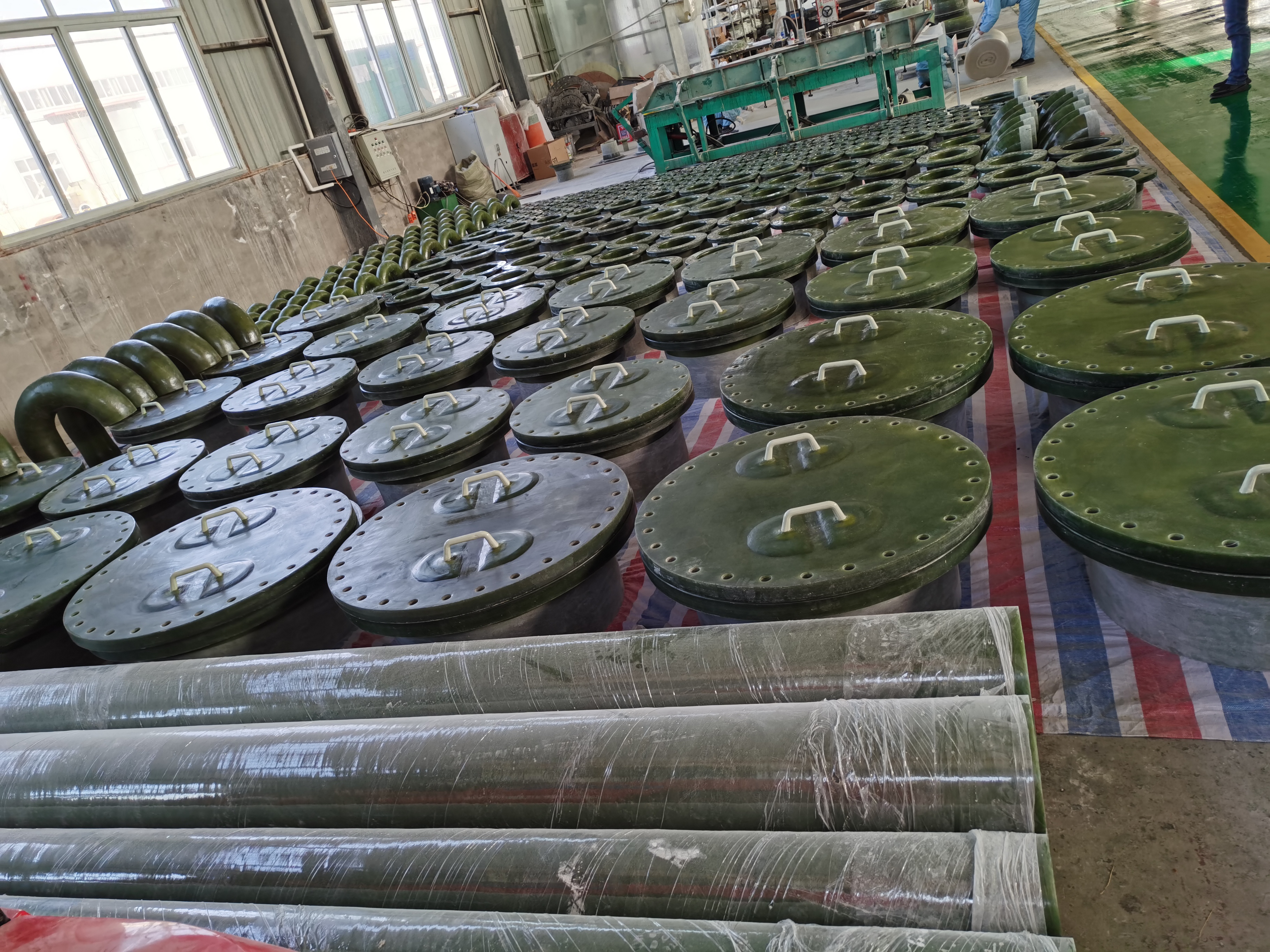
-
 Afrikaans
Afrikaans -
 Albanian
Albanian -
 Amharic
Amharic -
 Arabic
Arabic -
 Armenian
Armenian -
 Azerbaijani
Azerbaijani -
 Basque
Basque -
 Belarusian
Belarusian -
 Bengali
Bengali -
 Bosnian
Bosnian -
 Bulgarian
Bulgarian -
 Catalan
Catalan -
 Cebuano
Cebuano -
 China
China -
 China (Taiwan)
China (Taiwan) -
 Corsican
Corsican -
 Croatian
Croatian -
 Czech
Czech -
 Danish
Danish -
 Dutch
Dutch -
 English
English -
 Esperanto
Esperanto -
 Estonian
Estonian -
 Finnish
Finnish -
 French
French -
 Frisian
Frisian -
 Galician
Galician -
 Georgian
Georgian -
 German
German -
 Greek
Greek -
 Gujarati
Gujarati -
 Haitian Creole
Haitian Creole -
 hausa
hausa -
 hawaiian
hawaiian -
 Hebrew
Hebrew -
 Hindi
Hindi -
 Miao
Miao -
 Hungarian
Hungarian -
 Icelandic
Icelandic -
 igbo
igbo -
 Indonesian
Indonesian -
 irish
irish -
 Italian
Italian -
 Japanese
Japanese -
 Javanese
Javanese -
 Kannada
Kannada -
 kazakh
kazakh -
 Khmer
Khmer -
 Rwandese
Rwandese -
 Korean
Korean -
 Kurdish
Kurdish -
 Kyrgyz
Kyrgyz -
 Lao
Lao -
 Latin
Latin -
 Latvian
Latvian -
 Lithuanian
Lithuanian -
 Luxembourgish
Luxembourgish -
 Macedonian
Macedonian -
 Malgashi
Malgashi -
 Malay
Malay -
 Malayalam
Malayalam -
 Maltese
Maltese -
 Maori
Maori -
 Marathi
Marathi -
 Mongolian
Mongolian -
 Myanmar
Myanmar -
 Nepali
Nepali -
 Norwegian
Norwegian -
 Norwegian
Norwegian -
 Occitan
Occitan -
 Pashto
Pashto -
 Persian
Persian -
 Polish
Polish -
 Portuguese
Portuguese -
 Punjabi
Punjabi -
 Romanian
Romanian -
 Russian
Russian -
 Samoan
Samoan -
 Scottish Gaelic
Scottish Gaelic -
 Serbian
Serbian -
 Sesotho
Sesotho -
 Shona
Shona -
 Sindhi
Sindhi -
 Sinhala
Sinhala -
 Slovak
Slovak -
 Slovenian
Slovenian -
 Somali
Somali -
 Spanish
Spanish -
 Sundanese
Sundanese -
 Swahili
Swahili -
 Swedish
Swedish -
 Tagalog
Tagalog -
 Tajik
Tajik -
 Tamil
Tamil -
 Tatar
Tatar -
 Telugu
Telugu -
 Thai
Thai -
 Turkish
Turkish -
 Turkmen
Turkmen -
 Ukrainian
Ukrainian -
 Urdu
Urdu -
 Uighur
Uighur -
 Uzbek
Uzbek -
 Vietnamese
Vietnamese -
 Welsh
Welsh -
 Bantu
Bantu -
 Yiddish
Yiddish -
 Yoruba
Yoruba -
 Zulu
Zulu
fiberglass hood
The Rise of the Fiberglass Hood A Blend of Aesthetics and Performance
In the automotive world, where performance meets aesthetics, the fiberglass hood has emerged as a popular choice among car enthusiasts and manufacturers alike. Known for its impressive strength-to-weight ratio and versatility, fiberglass has transformed the landscape of automotive customization and racing. This article delves into the advantages of fiberglass hoods, their applications, and their growing popularity within the automotive community.
One of the most significant advantages of using fiberglass for hoods is the reduction in weight. Traditional metal hoods can be heavy, impacting a vehicle’s overall performance and fuel efficiency. By replacing a stock hood with a fiberglass alternative, car owners can significantly decrease the weight of the front end, which can lead to enhanced handling, improved acceleration, and better fuel economy. The lightweight nature of fiberglass is particularly beneficial for performance vehicles and racing applications, where every ounce matters.
Another compelling reason to choose fiberglass hoods is their excellent adaptability. Fiberglass can be molded into various shapes and designs, allowing for a wide range of customizations. This flexibility means that vehicle owners can achieve a unique look that sets their car apart from the crowd. Whether it’s a functional scoop for improved airflow or a sleek, aerodynamic design, fiberglass hoods can be tailored to meet both aesthetic desires and performance requirements.
In addition to their customization potential, fiberglass hoods offer resistance to rust and corrosion, which is a common issue with metal components. This characteristic makes fiberglass an appealing option for those living in areas with harsh climates or high humidity levels. Fiberglass hoods can withstand the wear and tear of the elements, maintaining their appearance and structural integrity over time, which is particularly important for vehicles that are frequently taken out for track days or spirited drives.
fiberglass hood

Additionally, the installation of a fiberglass hood can often be a straightforward process. Many manufacturers provide hoods that are designed to fit specific makes and models of cars, minimizing the need for extensive modifications. This ease of installation makes fiberglass hoods accessible to more car enthusiasts, including those who may not have extensive mechanical knowledge.
However, it’s worth mentioning that fiberglass hoods require proper care and maintenance. Unlike metal hoods, which can be easily repaired with body filler, fiberglass may require more specialized repair techniques if damaged. Additionally, high-quality gel coats can be used to protect the surface from UV degradation and minor scratches, ensuring a long-lasting appearance.
As the trend towards lighter and more efficient vehicles continues to grow, fiberglass hoods are becoming a staple in both the aftermarket and factory offerings. Their combination of weight savings, customization options, and improved resistance to the elements makes them an attractive option for modern vehicle designs.
In conclusion, the fiberglass hood represents a significant advancement in automotive technology and design. It embodies the ideal balance between performance and appearance, appealing to car enthusiasts who are eager to enhance their vehicles. Whether for racing, personal customization, or simply looking to improve the aesthetics of a ride, fiberglass hoods are paving the way for a new era of automotive innovation. As this trend continues to rise, we can expect to see even more creativity and efficiency in the world of automotive customization.
Latest news
-
Exploring the Benefits of Top Hammer Drifter Rods for Enhanced Drilling PerformanceNewsJun.10,2025
-
High-Precision Fiberglass Winding Machine for GRP/FRP Pipe Production – Reliable & Efficient SolutionsNewsJun.10,2025
-
FRP Pipes & Fittings for Shipbuilding - Corrosion-Resistant & LightweightNewsJun.09,2025
-
Premium FRP Flooring Solutions Durable & Slip-ResistantNewsJun.09,2025
-
Premium Fiberglass Rectangular Tanks Durable & Lightweight SolutionNewsJun.09,2025
-
Tapered Drill String Design Guide Durable Performance & UsesNewsJun.09,2025









